Solar panels, wind power generation, lush forests… With the urgent need to respond to the SDGs and climate change, the demand for image photos that “somehow seem to be good for the environment” is increasing.
However, the use of image photos also carries the risk of becoming a “double-edged sword.”
Getty Images Japan, a major photo and video sales company, points out that abstract visuals such as solar panels, wind power generation, and plants are very popular.
“Those visuals are instantly reminiscent of environmental issues, but we need to be aware that some people may actually perceive them as ‘greenwashing’, a fake eco.”
What kind of “image photos” are Japanese companies actually looking for?
Let’s take a look at the top 10 most searched keywords on the company’s stock photo site, iStock (covering period from December 2021 to December 2022, same below).
1st place: SDGs (3% increase*)
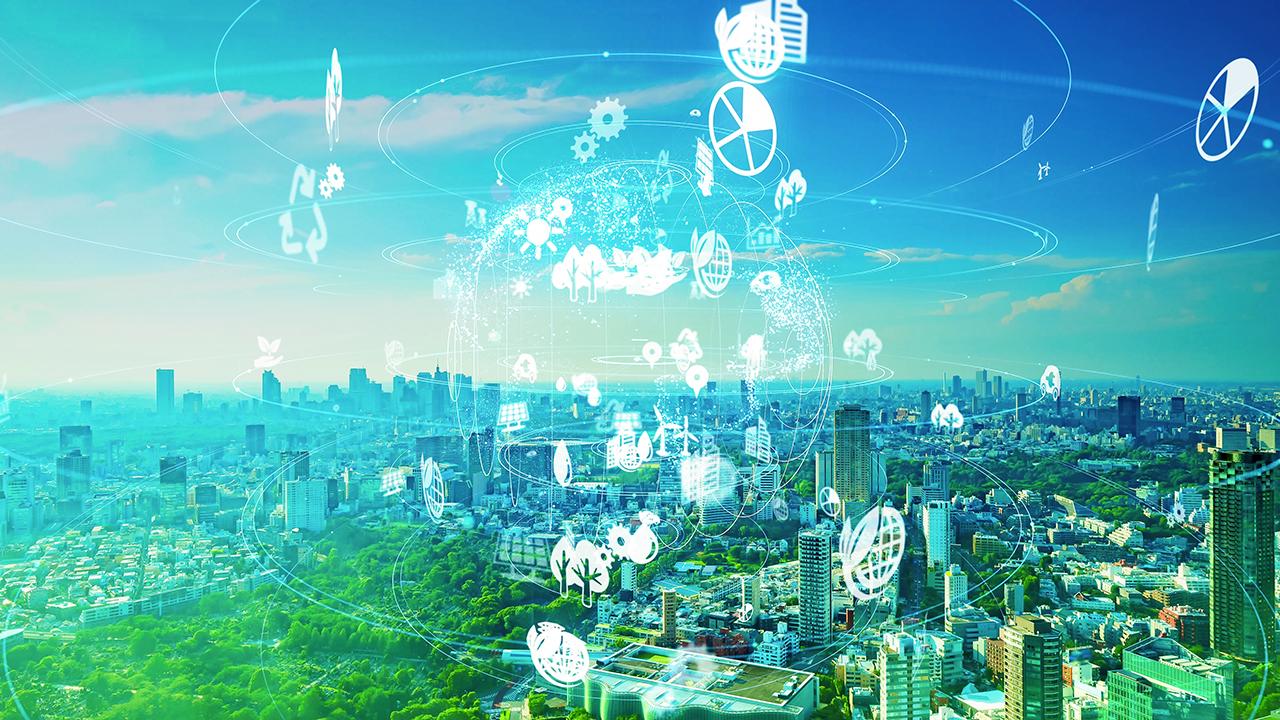
* Search growth rate compared to the previous year (same below)
The number one search word is “SDGs”. Perhaps because it is quite difficult to express with a single photo, illustrations in combination with infographics and using the 17 SDGs colors are ranked high.
2nd: Marine plastic (614% increase)
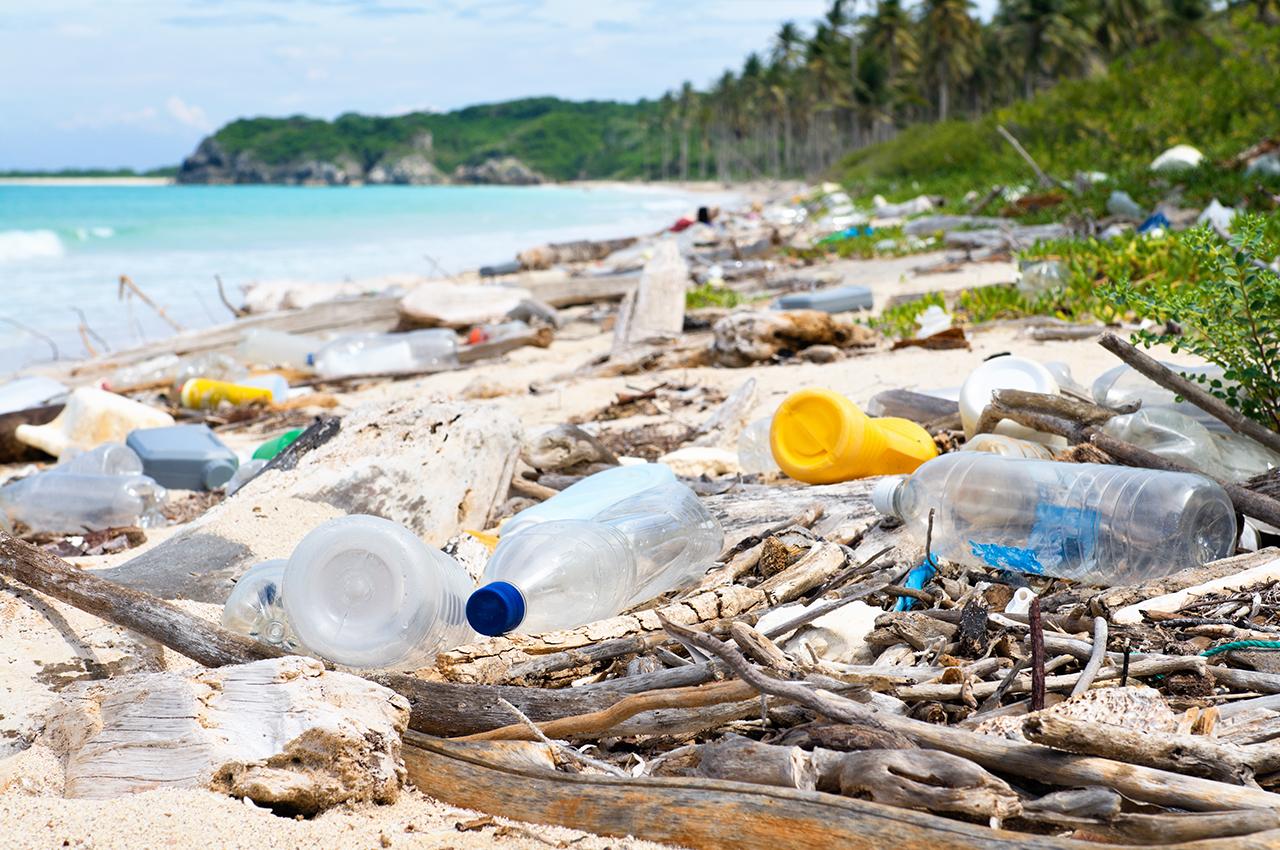
Marine plastics surged by 614% year-on-year. There is no doubt that the enforcement of the “Plastic Resource Recycling Law” in April 2022 has had an impact. Popular photos include plastic waste that has accumulated on the beach and on the surface of the sea, plastic bags and sea turtles floating in the sea, and garbage cleaning on the beach.
Advertisements
3rd place: Sustainable living (117% increase)

Like the SDGs, ‘sustainable living’ is difficult to express in photos. The combination of the hand and the earth is a staple of visuals with the theme of the global environment.
4th: Circular Economy (+107%)
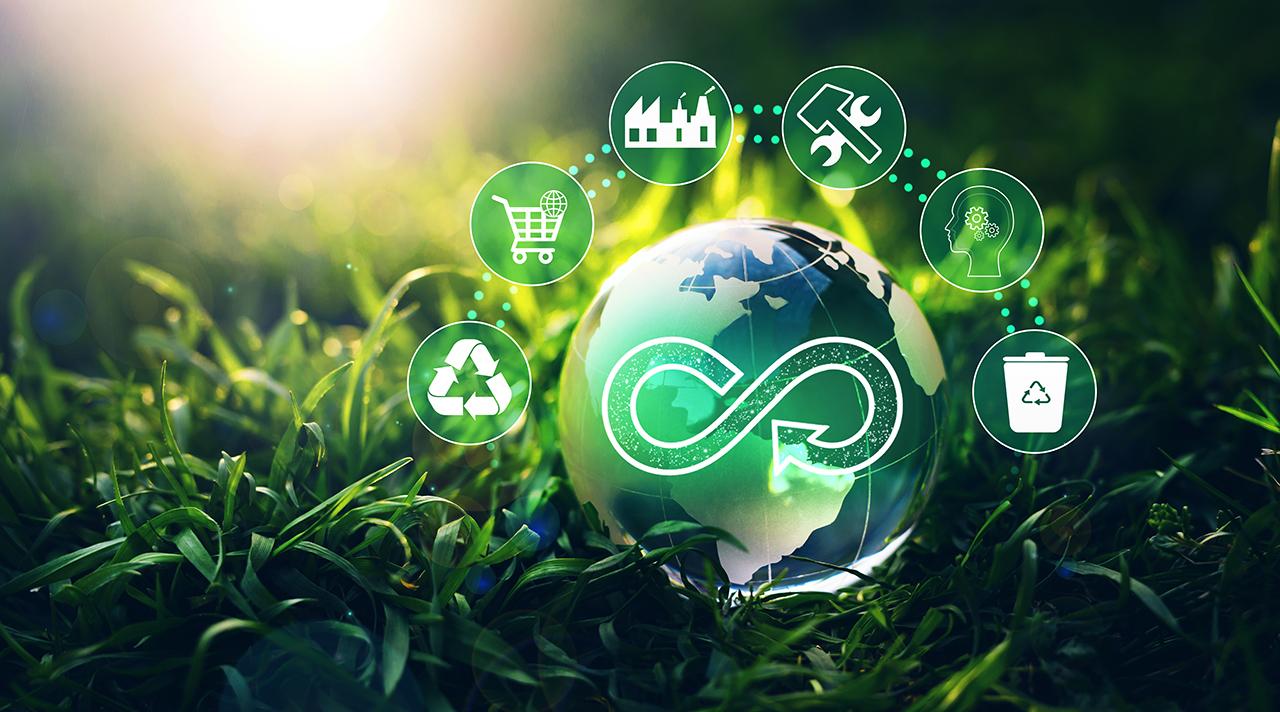
Since there is a point of circulation, the “circular economy” seems to be easier to express than SDGs and sustainable living. However, it seems that it is difficult to use only photographs, and photographs and illustrations that combine motifs that evoke the image of circulation stand out.
5th place: Environmental icon (103% increase)

Icons are often used as one point when designing websites and printed materials. After all, there are many green systems. In addition, there are also monochrome (grayscale) icons made so that you can freely change the color.
6th: Kitchen garden (94% increase)
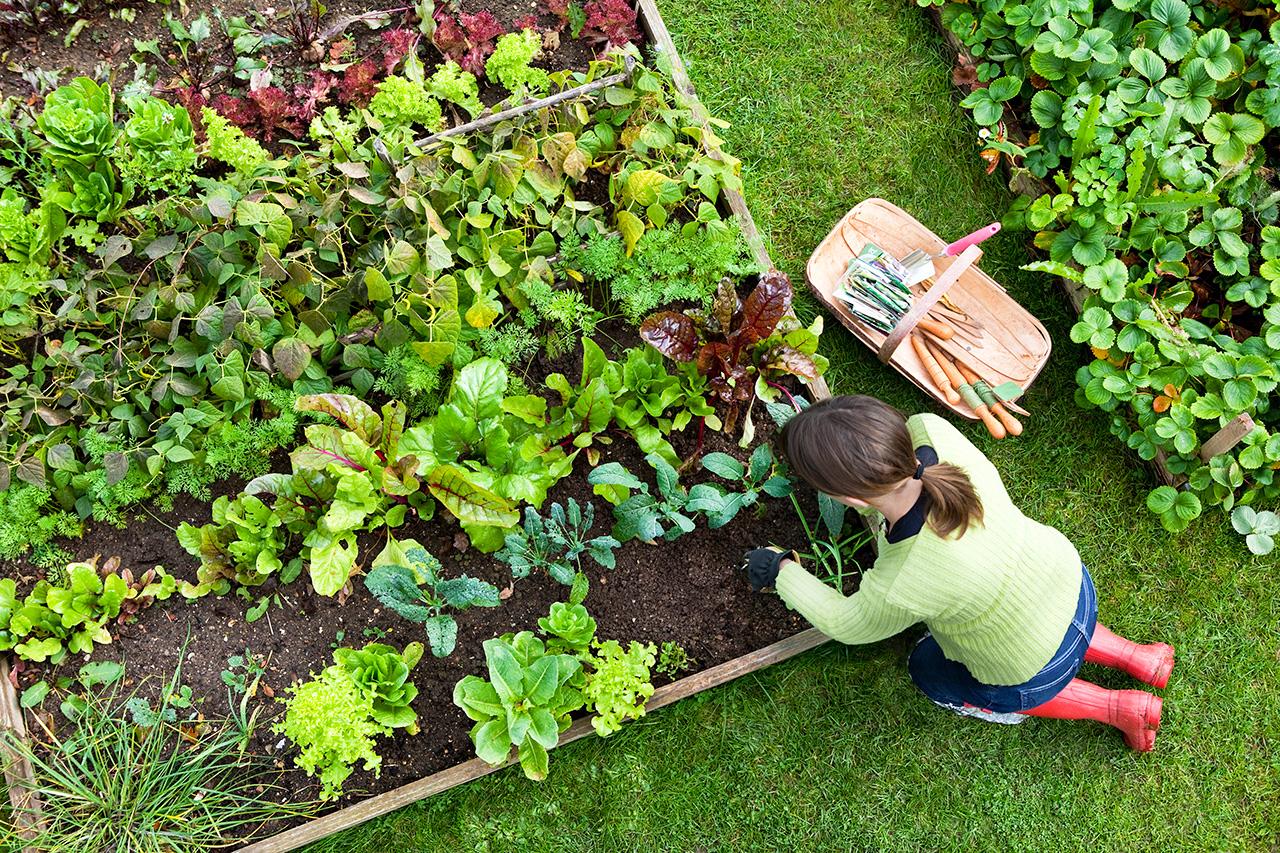
What was surprising was the 6th place “kitchen garden”, which increased by 94% compared to the previous year. According to Getty, it is “growing in popularity as an example of sustainable and eco-friendly living.”
7th place: EV charging (211% increase)
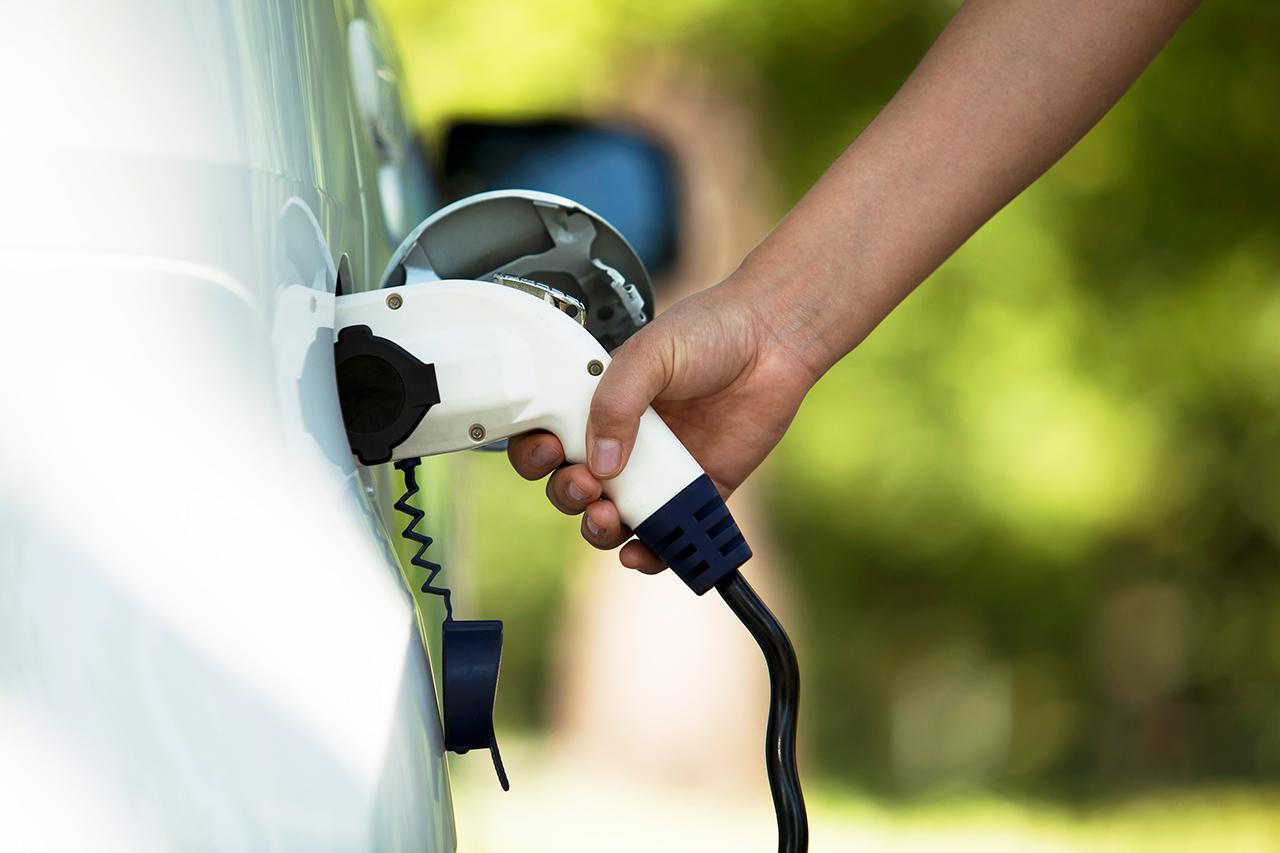
EV charging also surged, surpassing 200% year-on-year. While many countries are promoting the introduction of EVs, Japan has been pointed out that there is a shortage of charging infrastructure even if EVs are to be introduced. The fact that EV charging, not EVs, ranked in the top 10 is also a proof that infrastructure development has come to be emphasized.
8th: Solar panels (56% increase)
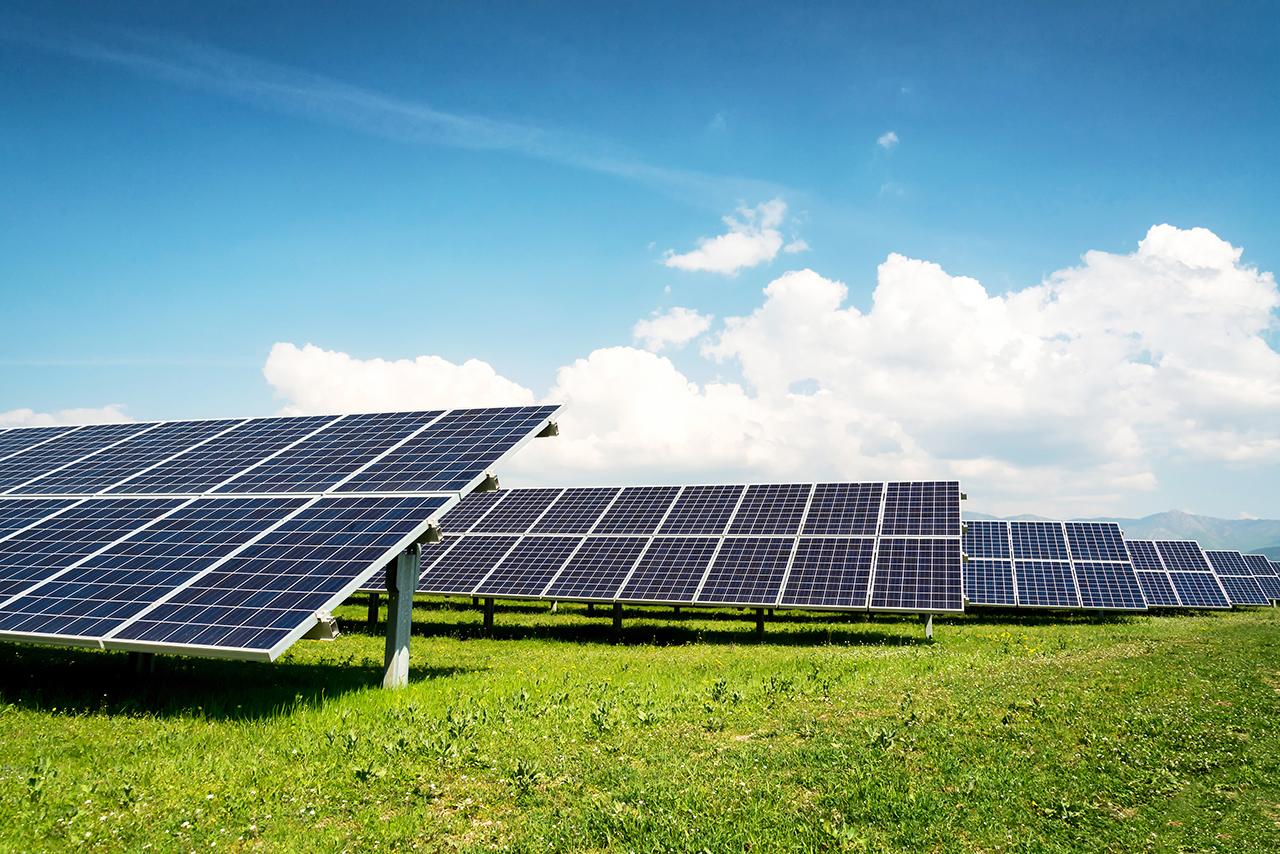
Solar panels, which symbolize renewable energy, are also ranked. Images of mega-solar plants on top of mountains and hills also stood out on iStock. However, in Japan, where memories of the 2021 landslide disaster in Izuyama, Atami City are still fresh, demand for panels on flat land and on roofs is likely.
9th: Sustainability (47% increase)

Sustainability is also one of the things that is difficult to express in photographs. Patterns of tree saplings on the palm of the hand and visuals using earth motifs seem to be popular.
10th place: carbon neutral (47% increase)
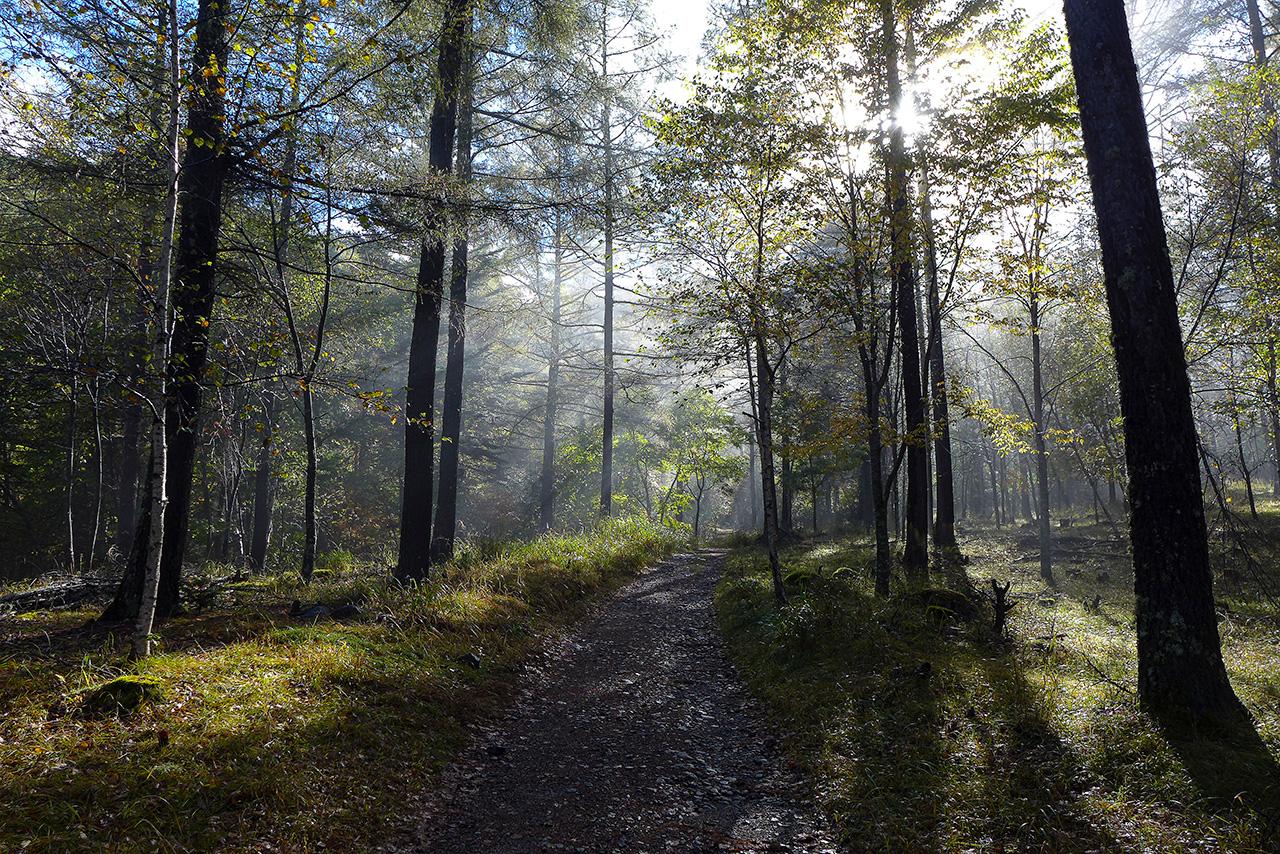
Carbon neutrality is also a keyword that is difficult to visualize, along with SDGs and sustainability. The same photos as SDGs and sustainability can also be seen here and there. Even so, forests, soil, and plants, which give an image of “forest absorption,” ranked high in terms of reducing CO2 emissions to plus or minus zero.
The search terms after 11th place are supply chain (42% increase), CSR (39% increase), EV (46% increase), sustainable (23% increase), environment (27% increase), ECO (18%). % increase) and electric vehicles (2% increase).
According to a Getty survey, Japanese consumers tend to be skeptical of companies and brands that claim to be “sustainable”.
“It’s not just about ‘sustainability’ on the surface, but it’s about the company’s efforts to actually use eco-friendly packaging, whether the manufacturing process is clean, the safety and security of customers, the honesty and fairness to customers, and the happiness of employees. Also, it is important to see if we are working with transparency.”
Source: BusinessInsider
Emma Warren is a well-known author and market analyst who writes for 24 news breaker. She is an expert in her field and her articles provide readers with insightful and informative analysis on the latest market trends and developments. With a keen understanding of the economy and a talent for explaining complex issues in an easy-to-understand manner, Emma’s writing is a must-read for anyone interested in staying up-to-date on the latest market news.
